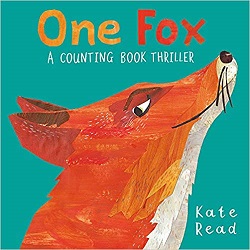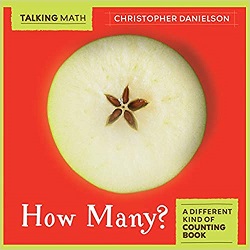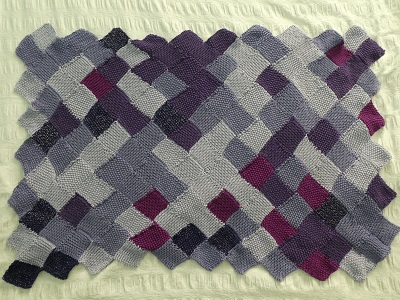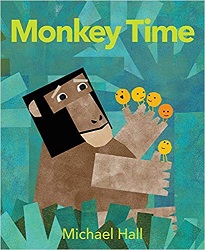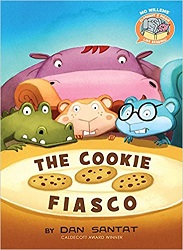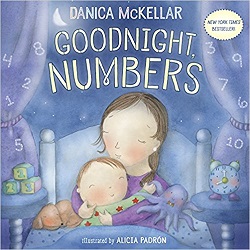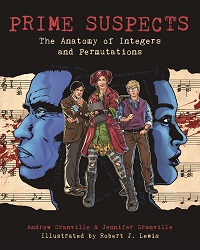 Prime Suspects
Prime Suspects
The Anatomy of Integers and Permutations
by Andrew Granville & Jennifer Granville
illustrated by Robert J. Lewis
Princeton University Press, 2019. 230 pages.
Starred Review
Review written 9/19/19 from a library book
Okay, now I’ve seen everything! This is a graphic novel murder mystery about research mathematics!
The characters have names that play off of the names of distinguished mathematicians. The lead detective uses ideas from his namesake.
The most interesting part is that when the detective team goes to the autopsy of recent victim Arnie Int, lieutenant of the Integer Crime Family, they found everything inside his body has decomposed – except for prime numbers! The apprentice detective pulls a bloody number out of his body and says, “It’s a prime, sir!”
They find the body is similar to a previous victim, Daisy Permutation. I like the scene where the detectives discuss it while playing billiards:
“It’s not a similarity, but in both victims, the internal organs were completely decomposed.
Except that in Arnie Int there was a smattering of primes, and in Daisy permutation, a smattering of cycles.”
“But that’s only to be expected.
Cycles are the fundamental constituent parts of a permutation, just like primes are the fundamental constituent parts of an integer.”
And it’s all done in a dark style, with some clueless videographers to explain things to, and mathematical puns in the background.
The math itself – where they compare the set of integers to the set of permutations – went over my head, and I’ve got a Master’s in Math. I read the back matter where it’s explained, and it still went over my head – though I at least understood what basic concepts were at work. And I did, after reading, understand at least that cycles are the building blocks of permutations as primes are the building blocks of integers.
And I’m still tickled to death that someone made a graphic novel thriller about higher math.
There are fun ads on the inside cover, such as: “Are you looking to get away from it all? Why not come and stay at Hilbert’s fabulous “Infinite Hotel”? There is ALWAYS room for as many guests as want to stay.” And: “RIEMANN’S ROOTS: We’ll plant your organic roots in straight rows. Guaranteed to have at least 41.69% of the roots in a straight line!” And: “Fermat’s Dreams: Truly remarkable ideas for the future which this inside cover is too small to contain!”
The back matter takes up 50 large pages, so it takes as long to read as the 180 pages of the graphic novel part. Yes, it includes the math, but also you’ve got notes on the mathematicians referred to, notes about the references in the art, and an explanation of how the book came to be – beginning as a screenplay (which has been performed in live readings).
Here’s the beginning of that section:
Integers and permutations are fundamental mathematical objects that inhabit quite distinct worlds though, under more sophisticated examination, one cannot help but be struck by the extraordinary similarities between their anatomies. This comic book stemmed from an experiment to present these similarities to a wider audience in the form of a dramatic narrative. In these after-pages, we will clarify some of the mathematical ideas alluded to in the comic book, giving the details of Gauss’s lectures and Langer’s presentation at the police precinct. We will also break down the content of some of the background artwork, explaining how some of it refers to breakthroughs in this area of mathematics, some of it to other vaguely relevant mathematics, while some content is simply our attempt at mathematical humor.
Our goal in Prime Suspects has been not only to popularize the fascinating and extraordinary similarities between the fine details of the structure of integers and of permutations, but also to draw attention to several key cultural issues in mathematics:
— How research is done, particularly the roles of student and adviser;
— The role of women in mathematics today; and
— The influence and conflict of deep and rigid abstraction.
I’m not sure everyone will love this book, but I sure do! Sure to be all the rage in graduate wings of math departments across the nation!
press.princeton.edu
Buy from Amazon.com
Find this review on Sonderbooks at: www.sonderbooks.com/Fiction/prime_suspects.html
Disclosure: I am an Amazon Affiliate, and will earn a small percentage if you order a book on Amazon after clicking through from my site.
Disclaimer: I am a professional librarian, but I maintain my website and blogs on my own time. The views expressed are solely my own, and in no way represent the official views of my employer or of any committee or group of which I am part.
What did you think of this book?

